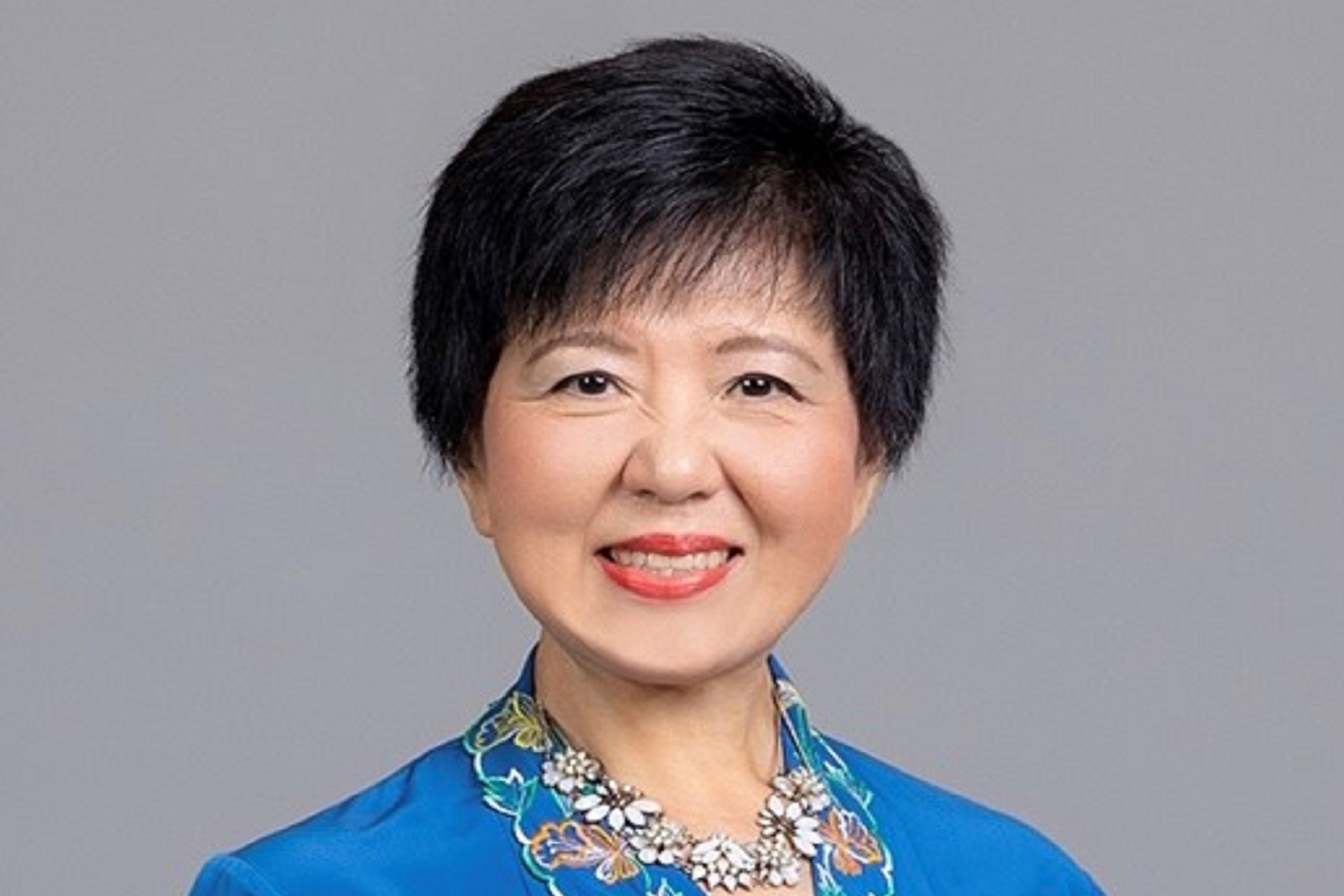The voice of HR in APAC: How a HR leader is pushing the people agenda
- Shawn Liew

“Having an organisation like APFHRM at a regional level gives us the opportunity to learn from one another and uplift capabilities.”- Low Peck Kem, President, Asia Pacific Federation of Human Resources Management (APFHRM).
In a region as diverse as Asia Pacific, creating a people agenda that works across all countries can be a daunting challenge.
Drawing on the power of networks however, there is a unique opportunity to find commonality among differences and diversity, and to propel the HR industry forward, said Low Peck Kem, President, Asia Pacific Federation of Human Resources Management (APFHRM).
She added, “Some countries in APAC are more progressive and invest more in their people policies, while others may be busier managing day-to-day geopolitical challenges. Having an organisation like APFHRM at a regional level gives us the opportunity to learn from one another and uplift capabilities.”
Peck Kem, who is also the CHRO and Advisor (Workforce Development) for Singapore’s Public Service Division, spoke exclusively to HRM Asia soon after her appointment as the President of APFHRM on July 1, and laid out her vision for APFHRM over the next two years of her term, and beyond.
Relishing the opportunity to strengthen APFHRM’s position as the voice of HR in APAC, one of her key goals is to increase the representation of APAC countries in APFHRM, which currently stands at 17, including Singapore, Malaysia, Thailand, and Vietnam in South-East Asia.
She explained, “With greater diversity, we can build more networks and help each other through networking, sharing, and research to promote fairer and more progressive people practices. And this is not just for HR but also how we can add value to the business, to employees, to society and to the community.”
To better support its mission, APFHRM has also worked with the Singapore Human Resource Institute (SHRI) to create six key pillars:
HR Tech Incubation: Encouraging and supporting the development of innovative HR technologies.
HR Advocacy: Reinforcing the importance and role of HR in driving successful and sustainable organisations.
HR Industry Research Hub: Spearheading and disseminating vital industry research to advance HR practices.
HR Development: Cultivating a learning environment for HR professionals to excel and thrive, and to set standards that will provide learning opportunities.
HR Innovation Challenge: Fostering a culture of creative problem-solving to address HR challenges.
Online Resources: Offering comprehensive online resources for the benefit of HR professionals worldwide.
Designed to enrich the HR landscape both regionally and globally, the six pillars will also deliver a long-term roadmap for APFHRM to be the voice of HR and uplift capabilities in APAC. “Five years from now, how can APFHRM continue to add value for local employees, for businesses, and for the HR community?” asked Peck Kem. “How will HR add value to your organisation? We need to cultivate a growth mindset that allows us to leverage on one another to better represent the profession and the geographies we represent.”
HR as the architect to build a great workplace
With more than 30 years of experience in driving national and HR agendas and organisational change programmes, Peck Kem is a seasoned HR leader who has seen in close quarters how the role of HR has continued to evolve.
As for the challenges currently faced by HR leaders, she offered, “It’s not only about the role HR plays but the journey we make people go through with us – that is more important. There are three key areas where HR can value add: employees, organisation and the HR community.”
With these parameters, there are some questions HR leaders can ask themselves. Is HR leveraging technology to automate certain job tasks, or creating new efficiency by doing things differently? Can HR leverage technology to shape the future of work, without neglecting the people who will be critical for success?
“For example, young generations of employees will not simply take instructions – they want to understand why and what is the purpose? HR must be the architect to build a great workplace, where you understand the kind of culture you want to build, one that supports diversity and builds trust,” Peck Kem said.
READ MORE: Low Peck Kem named President of APFHRM
She also identified skills mismatches as impeding the building of a great workforce, further highlighting why HR should also serve as the engineer of people’s careers by creating a sustainable career path for employees.
Besides understanding an employees’ skills, strengths, and limitations, HR must also evaluate if they need to redesign jobs and upskill employees to ready them for future roles.
“You need to engineer people’s careers and you need to redesign the job to make it relevant to the context of the future. HR needs to help people build the muscles to be flexible, adaptable, and prepared to make changes,” Peck Kem concluded.






